The Romanovs Centenary
“The huge numbers of pilgrims who travelled to Ekaterinburg as part of the Romanovs centenary commemorations – not just from within Russia but from all over the world – were a testament to the enduring power of the Romanov story and the strong sense of identification that many Russians have, still, with their murdered Imperial family.”
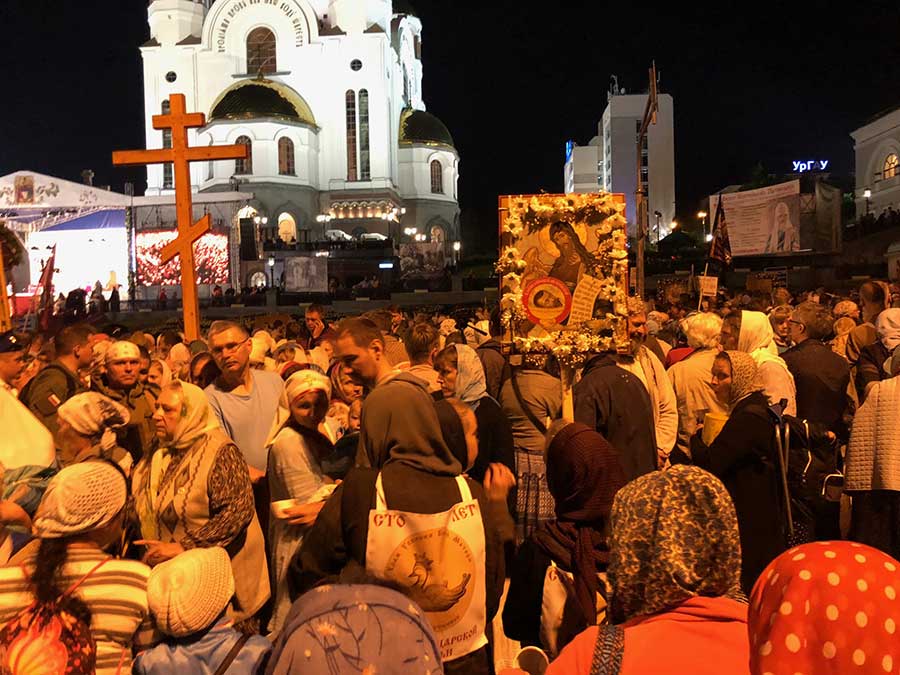
© Courtesy Herbert Seevinck
On Tuesday 17 July 2018, an unprecedented number of people – something between 100,000 and 200,000 – gathered in Ekaterinburg in the Urals to commemorate the 100th anniversary of the murder of the Russian Imperial Family in that city.
The three-hour divine liturgy held that evening in front of the Church on the Blood, built on the site of the Ipatiev House where the family were killed on the night of 17 July, was televised live across the world by Soyuz TV, the official Russian Orthodox TV Channel:
The huge numbers of pilgrims who travelled to Ekaterinburg – not just from within Russia but from all over the world – were a testament to the enduring power of the Romanov story and the strong sense of identification that many Russians have, still, with their murdered Imperial family. Remembrance of them has persisted for a hundred years, despite Stalin having banned all discussion of the Romanovs – either printed or in public. Concurrent with the suppression of reference to the Romanovs during the existence of the Soviet Union, in the West too, interest in Russia’s last royal family withered on the vine, bar the occasional flurry of interest in the latest ruling in the tortuous court case over the false Anastasia claimant, Anna Anderson.
The collapse of the Soviet Union in December 1991 changed everything. The minute the old oppressive order was gone, the Russian Orthodox Church slowly but inexorably re-emerged. As early as 1981 the Romanovs were canonized by the Russian Orthodox Church Abroad and the Moscow Patriarchate followed suit in 2000. With this official recognition, plans were enacted to erect a grand cathedral on the site of the Ipatiev House where the family had been held captive from the end of April 1918 till their deaths. With an injection of funds from numerous patrons, work began on what is now Ekaterinburg’s Church on the Blood. It was consecrated in 2003 and since then has become a major pilgrimage site – the focal point of growing interest in the Romanov family worldwide. Alongside this, recent polls in Russia have shown that there is a newfound respect for Nicholas II, whose negative reputation as ‘the bloodstained tsar’ is now subject to reassessment. A recent survey showed that the former tsar is now the most popular male historical figure in Russia. At 54% of the vote, he is ahead of Stalin at 51% and Lenin, the mastermind of the October Revolution, trailing at 49% in third place.
“The minute the old oppressive order was gone, the Russian Orthodox Church slowly but inexorably re-emerged”
This year’s anniversary was the largest public demonstration yet, of the growing and irresistible significance of the Romanovs in the cultural and spiritual life of modern day Russia. Yet, much to my considerable regret, the 100th anniversary did not receive the coverage it deserved in the West. Clearly it was not considered as newsworthy as the Putin–Trump summit in Helsinki, and was overshadowed by that event in the foreign media. It is a great shame that people in the West were not given a chance to see some of the footage from Ekaterinburg on that extraordinary night of 16–17 July, for it was a very important moment for the Russian Orthodox faithful, those seeking some kind of peace and reconciliation in a profound moment of coming together.
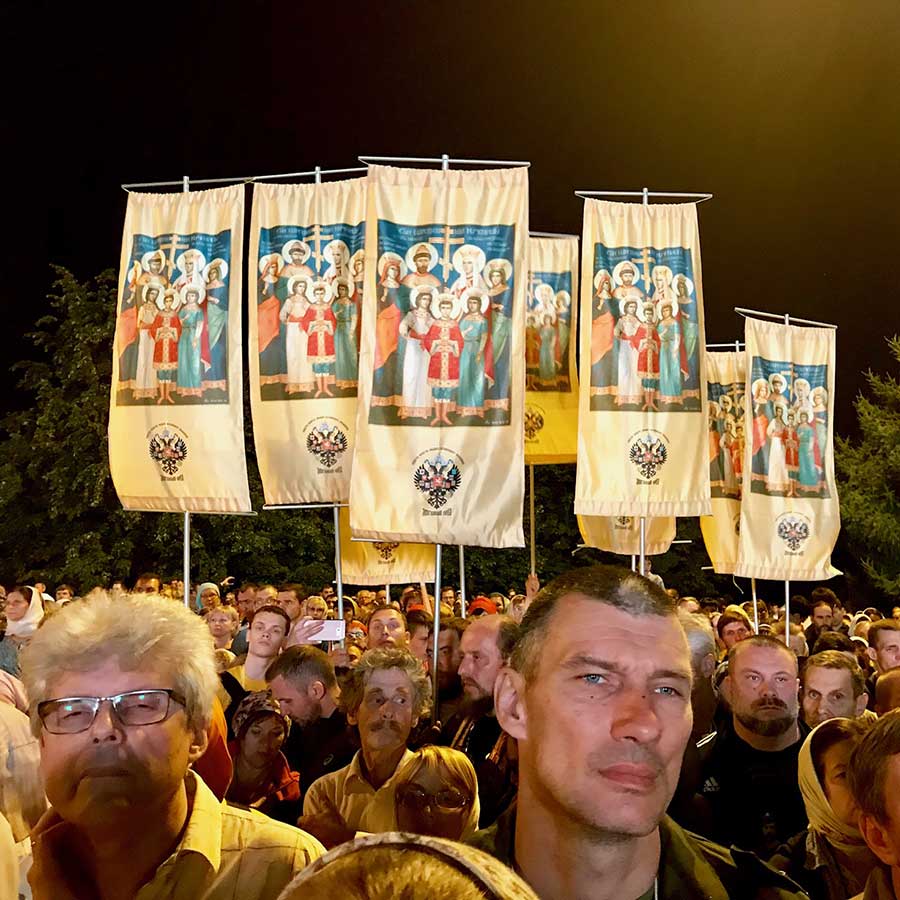
© Courtesy Herbert Seevinck
However long that takes, it is clear to me that Ekaterinburg, if not yet the equivalent of Jerusalem as a place of pilgrimage, certainly promises to be a New Jerusalem for Russian Orthodox faithful from all around the world. There has recently been talk of a project to rebuild an exact facsimile of the Ipatiev House in Ekaterinburg, along with the construction of an enormous new cathedral – possibly to house the Romanov family’s remains. But will that ever happen?
For here is the rub: the Russian Orthodox Church is still holding back on giving its final confirmation of the authenticity of the Romanov remains. Its failure to do so in time for the anniversary disappointed those people gathered at Ekaterinburg that night who had hoped for the church to give its blessing. But no confirmation came, despite word from within the ROC hierarchy being that their own tests, conducted over the last couple of years, confirm all the DNA results of those of the 1990s. The Church knows it is them; we know it is them, but ROC officialdom wants absolute control over any pronouncement and is insisting on having absolutely the last word, and in its own good time.
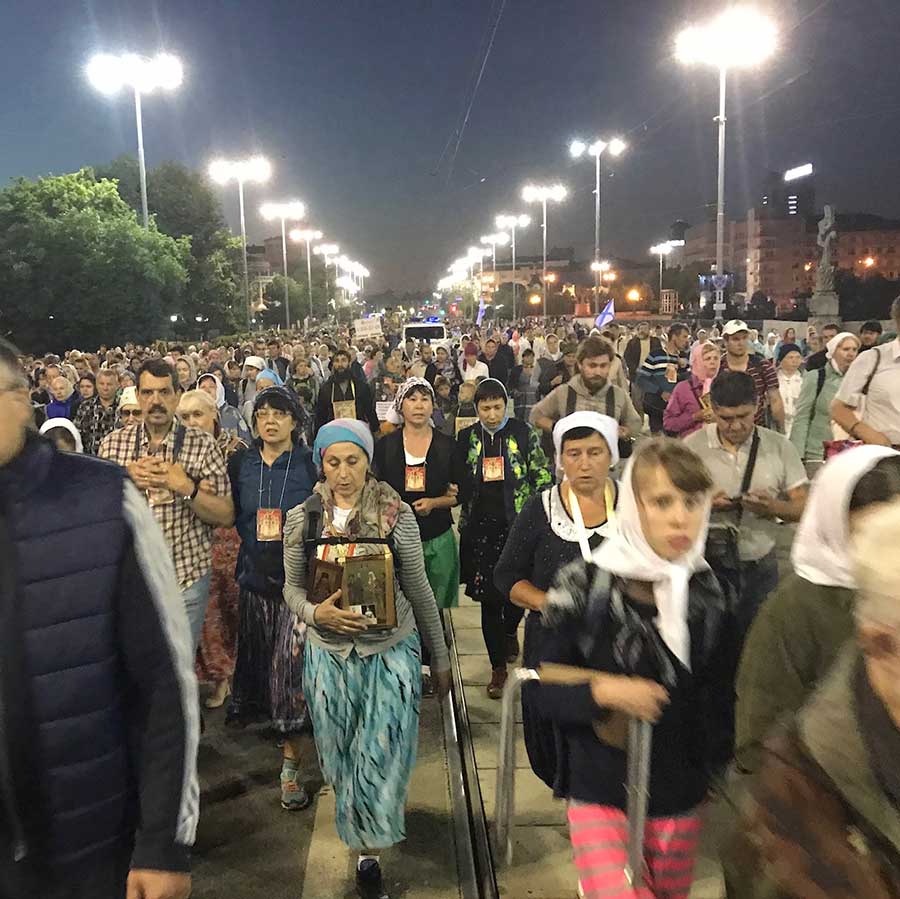
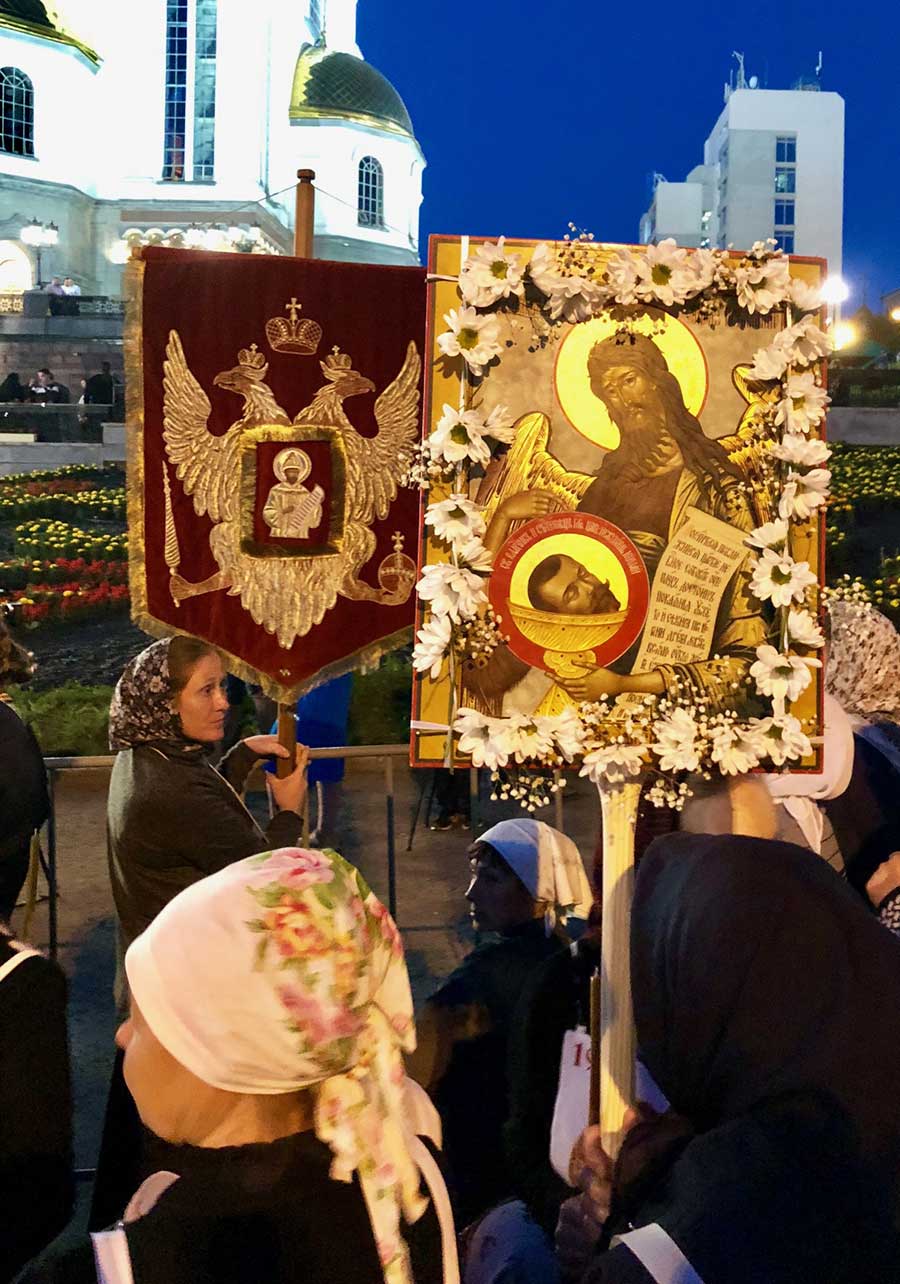
© Courtesy Herbert Seevinck
Until the church does give its official sanction to the remains of Tsar Nicholas, his wife Alexandra and their three daughters Olga, Tatiana and Anastasia buried in St Petersburg’s Peter & Paul Cathedral in 1998, and those of the missing two children, Alexey and Maria, found in the Koptyaki Forest in 2007, there will be no real closure for the Russian Orthodox faithful. The situation is a complex one, riven with political and religious rivalries and made worse by the persisting arguments and intervention of denialists and conspiracy theorists who refuse to accept the science of the extensive DNA testing done on the Romanov remains since the early 1990s.
But recent new evidence came to light that provides entirely independent verification of the Romanov remains, based on analysis of locks of Alexandra’s hair contained in a Faberge locket, that is not reliant on the tests being carried out in Russia.
I described this exciting new evidence in this article for Time Magazine
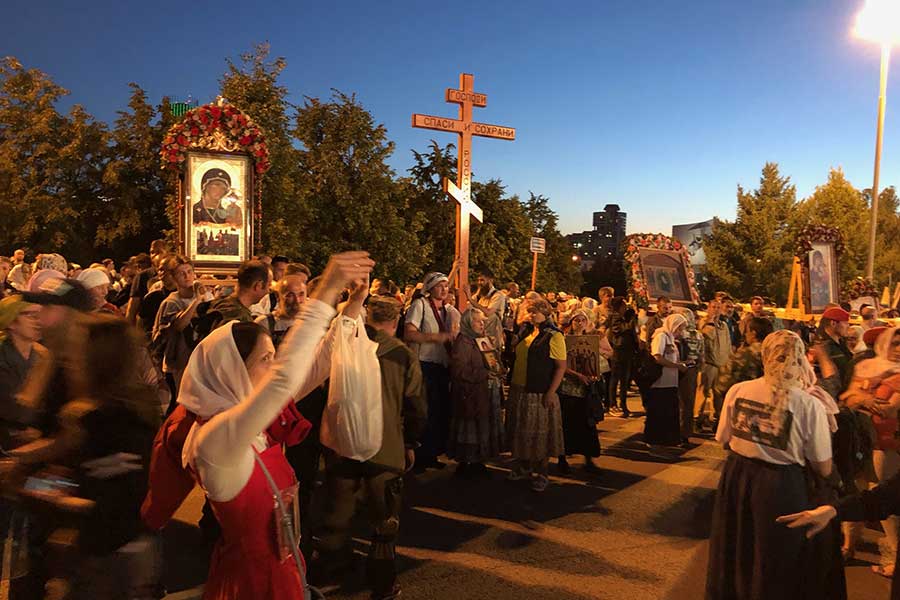
© Courtesy Herbert Seevinck
The Romanovs Centenary on Social Media
In addition to posting regularly on my Facebook and Twitter pages about issues surrounding the centenary and events in Ekaterinburg I also took part in a unique Twitter project commemorating the Romanovs in their centenary year. The #Romanovs100 Twitter project (for which I posted tweets under the tag #TheRomanovSisters), was sponsored by Russia Today online and honoured the family in an extraordinary way by covering every one of the 78 days they endured in captivity at Ekaterinburg. In so doing, it opened up the personal photographic archives of the family held in the State Archives in Moscow to public view. Thousands of previously unseen images were used, thus allowing this period of history to be accessible and exciting, while commemorating their loss. The #Romanovs100 project, has given me, as a historian, the opportunity to present history in a way that was impossible before the days of the internet and digitization. In so doing, I hope that this project has enabled us to make history real and accessible, for I do believe that this can only lead to a widening and more balanced appreciation of Russia’s last Imperial Family in the context of the historical period.